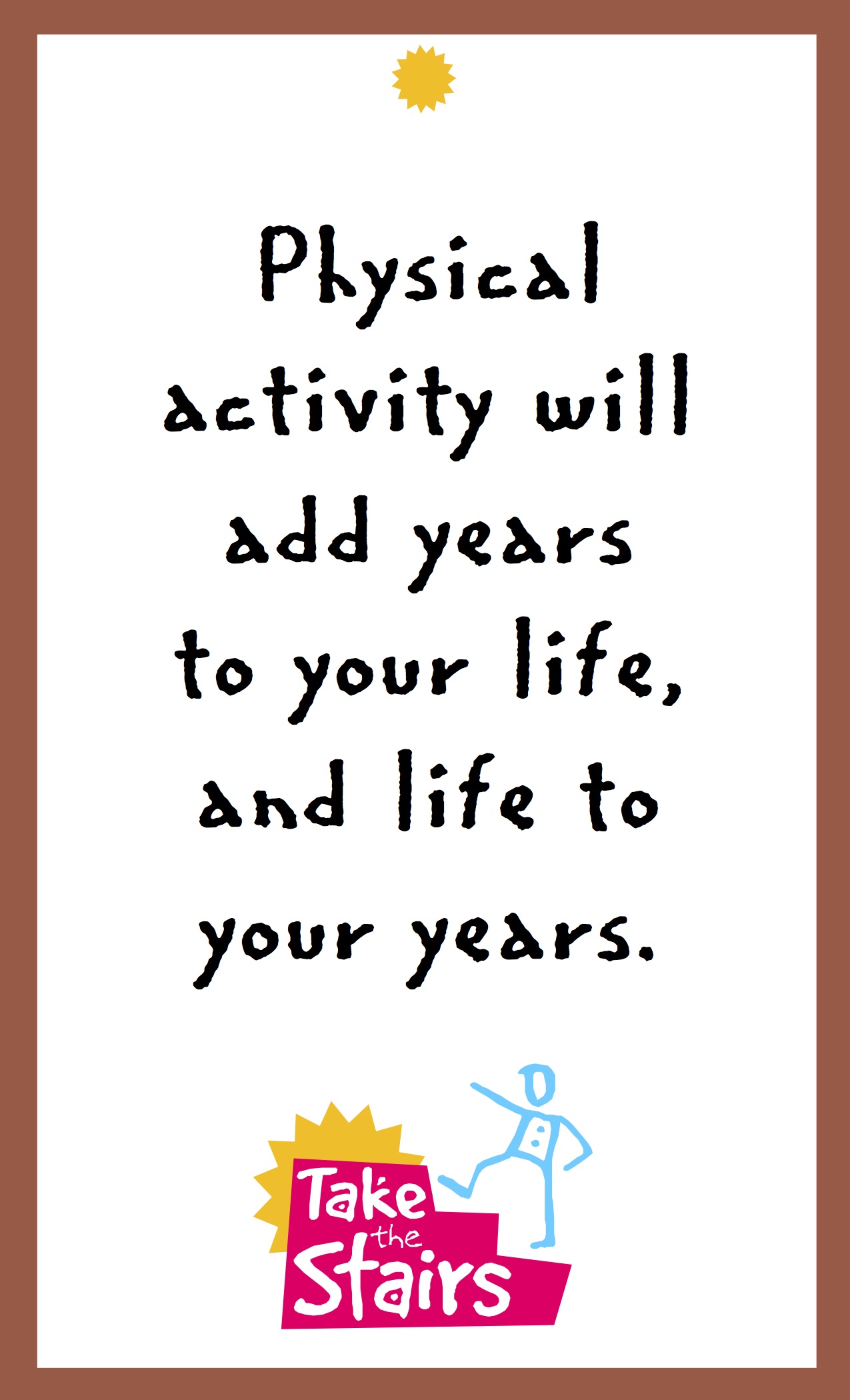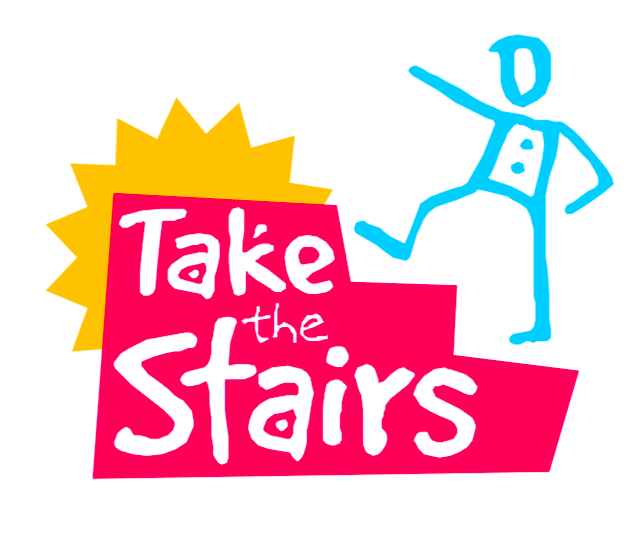Transparency is extremely important to us, so we are letting you know that we may receive a commission on some of links you click on from this page. See our disclaimer.

Image via CDC
We've reported recently on the role of Active Design and how architects can help improve wellness in the workplace. Today we offer additional practical guidance of ways to incorporate physical design in to an holistic approach to wellness.
Citylab published a piece titled “The Case for Prettier Staircases: Why health advocates are urging planners and architects to think more seriously about stairs.” As the piece states: “A raft of research suggests that more appealing stairways may actually beckon more people to climb, in turn helping to reduce stroke risk, improving cardiovascular health and fighting obesity.”
Do design changes matter? A 2004 study cited by Citylab and published by the National Center for Biotechnology Information — titled “Increasing stair use in a worksite through environmental changes” — provides evidence that the answer is yes.
The study “assessed the impact on stair use of four sequential environmental interventions: (1) installing new carpet and painting the walls, (2) adding framed art-work on stair landings, (3) displaying motivational signs throughout the building, and (4) adding a stereo system and playing various types of music in the stairwell.”
The goal was to “evaluate the impact of environmental changes on stairway use. The setting was the main stairwell in the Centers for Disease Control and Prevention's (CDC) Rhodes Building in Atlanta, Georgia. Proximity sensors were installed in each stairwell entry to monitor traffic. The subjects were 554 permanent CDC employees and 110 temporary employees. Changes in stairwell use by intervention were evaluated.”
The results? “Both motivational signs and music significantly increased stair use by 8.9% over baseline (p < .05). The increase in sign use occurred in the first 3 months of the intervention, whereas the increase in music occurred after the first 3 months.” In other words, it worked: “These data suggest that physical improvements to a stairwell, signage that encourages stair use, and music may increase physical activity among building occupants.”
As the CDC states in its StairWELL to Better Health page: “Taking the stairs is one way to be more physically active. At work, employees are often presented with a choice between taking the stairs and taking an elevator or escalator. Choosing the stairs instead of the elevator is a quick way for people to add physical activity to their day.”
“Using the stairs requires little additional time, no wardrobe change, and few additional costs because building code requires stairs. If your building has a staircase, why not start using it now?”
City lab further notes: “A similar 2001 study published in the American Journal of Public Health tested two interventions in the University of Minnesota's public health building and found that while shaming signs—“Take the stairs for your health”—didn't motivate stair travel, adding artwork and music to them via a compact disc player (aww, 2001) increased stair traffic by nearly 5 percent. ‘Buildings should be designed with attractive stairwells that are accessible to the general population,' the researchers concluded.”
With apologies for our classic rock roots, that sounds like a stairway to (wellness) heaven.




0 Comments